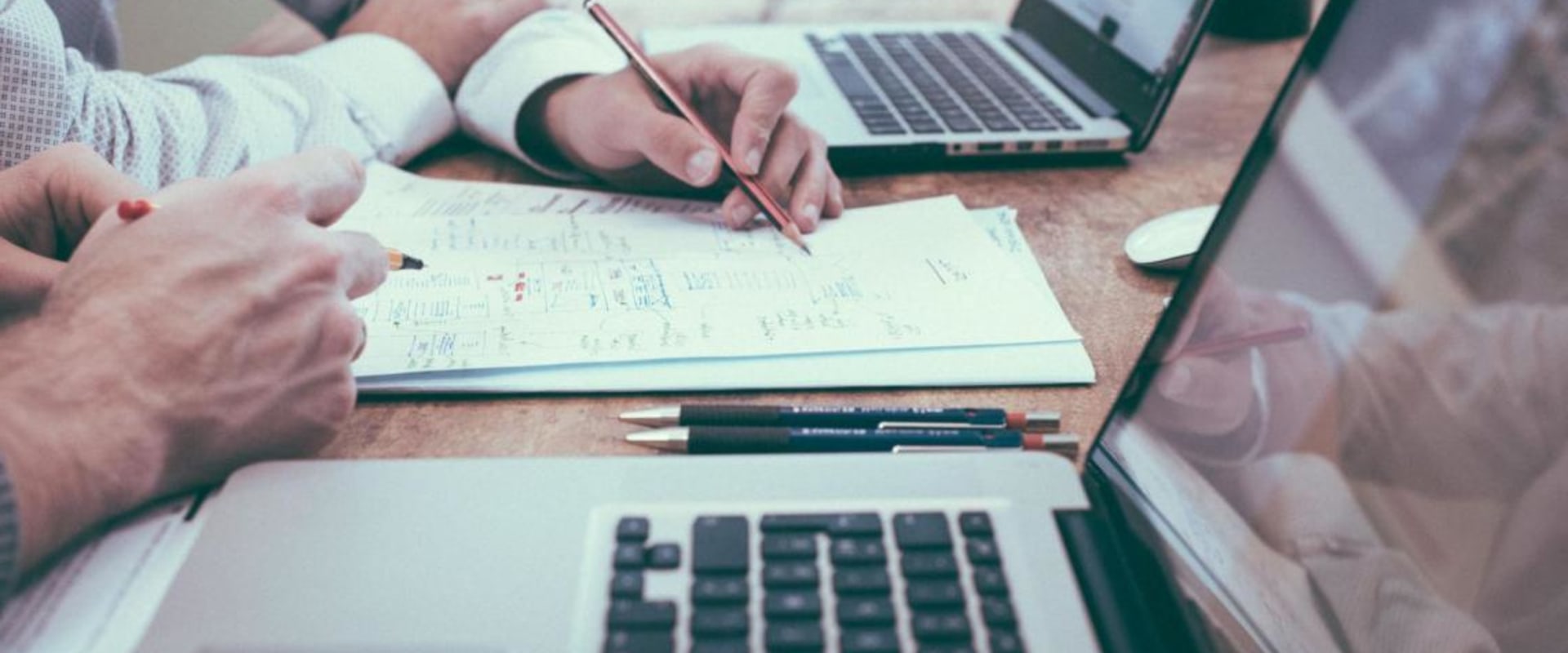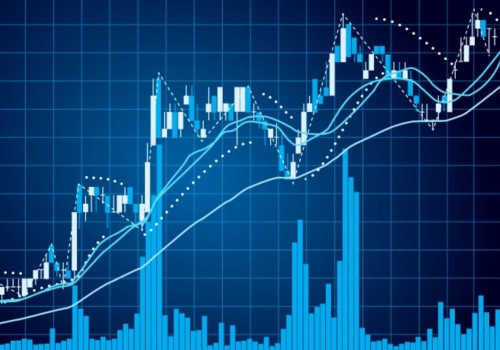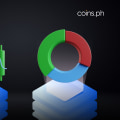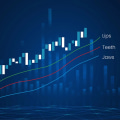Backtesting a system is an essential part of the system development process for any trader looking to become successful in the Forex market. It is the process of simulating trades and evaluating the performance of a trading system against historical market data. Backtesting can provide traders with valuable insights into how their system works and how it might perform in different market conditions. This article provides a comprehensive overview of backtesting, from understanding the basics to putting together a backtesting plan and analyzing results.
It is an essential read for any trader looking to develop and improve their trading system.
Backtesting
involves running historical data through a trading system to assess its accuracy. It is important to understand how the system works in order to ensure that it will perform as expected. The first step in backtesting is to choose a data set to use for testing. This can be either historical data or simulated data.Historical data is more reliable, as it provides an accurate representation of how the system would have performed in the past. Simulated data is less reliable, as it does not account for real-world market conditions or changes in market behavior over time. Once the data set has been chosen, it must be processed and formatted into a format that can be used by the backtesting software. This typically involves cleaning the data, transforming it into a usable format, and loading it into the software. The next step is to configure the backtesting software with parameters that reflect the system being tested.
This includes setting up the parameters for entry and exit points, stop-loss orders, and any other rules or indicators being used by the system. Once the parameters have been set, the software can then be run to generate results. The results of backtesting should be analyzed to assess how well the system performed. This includes assessing the accuracy of entries and exits, as well as analyzing any drawdowns or losses incurred during testing. It is important to identify any areas where the system could be improved or refined. Finally, it is important to document all of the results and conclusions from backtesting in order to ensure that future tests are consistent and reliable.
This includes recording any changes that were made to the system during testing, as well as any unexpected results or issues encountered. Doing so will help ensure that future tests are conducted with confidence and that any potential issues or weaknesses are identified and addressed. Backtesting is an essential part of developing a successful trading system or strategy. By understanding the different components involved and how they interact with each other, traders can ensure that their system meets their expectations and that any potential issues or weaknesses are identified and addressed. By documenting all results and conclusions from backtesting, traders can also gain confidence in their trading system and have a clear understanding of how it will perform in real-world market conditions.
Configuring Backtesting Software
Configuring backtesting software with parameters for entry and exit points, stop-loss orders, and other rules is an important part of the system development process.It requires a thorough understanding of the system’s trading strategy and the different components of the software. The process involves setting up parameters that will define how the system will react to certain market conditions. For example, entry and exit points are used to define when a system should open and close positions, while stop-loss orders help limit losses. When configuring backtesting software, it is important to consider various factors such as risk management, position sizing, and money management. Additionally, traders may want to consider the use of automated trading systems or trading robots, which can be configured to execute trades based on predetermined criteria.
It is also important to ensure that the backtesting parameters are consistent with the system’s trading strategy. Once the backtesting software is configured, traders can then use the results to determine how well their system performs in different market conditions. This allows them to make adjustments to improve performance or refine their trading strategy. Additionally, traders can use backtesting results to identify potential issues or weaknesses with their system.
Documenting Results
Documenting the results of a backtesting process is essential for understanding the system's expected performance and identifying any issues or weaknesses. Having a record of the results allows the system developer to go back and review their findings, as well as to identify any trends or patterns that may have gone unnoticed during the initial analysis.Additionally, documenting the results enables the system developer to compare different versions of the system to determine which version yields better results. Documenting the results also provides a way to communicate conclusions to other system developers or stakeholders. Without documented results, it can be difficult to communicate findings and explain why a certain system has better results than another. Documenting the results allows all stakeholders to understand why certain decisions were made and how they impact the system's performance.
Finally, documenting the results of a backtesting process is necessary in order to evaluate and refine the system in the future. Without documented results, it can be difficult to make informed decisions about the system's performance or potential improvements. By having a record of the results and conclusions from backtesting, developers can easily track changes and refine their systems over time.
Choosing a Data Set
When backtesting a system, choosing an appropriate data set is essential for achieving accurate results. The data set should be representative of the type of trading environment the system will be used in, and should provide enough historical data to adequately test the system.Different data sets can provide different results, so it is important to select one that is suitable for the system being tested. The data set should reflect the current market conditions, since backtesting with historical data may not accurately represent the future performance of the system. The data set should also include all the data points necessary to accurately assess the system's performance. This includes factors such as spreads, commissions, and slippage. If the data set does not include these factors, it may not be an accurate representation of the system's performance. The data set should be large enough to provide a comprehensive overview of the system's performance.
A larger data set allows for more accurate backtesting results as it provides more data points to evaluate. Additionally, the data should be as up-to-date as possible. This ensures that the results are representative of the current market conditions. Finally, it is important to use a reliable source for the data set. Quality sources are essential for obtaining accurate results from backtesting.
Poor quality sources can lead to incorrect results and can potentially undermine the entire backtesting process.
Analyzing Results
Analyzing Results is a crucial step in backtesting a system. It is used to assess the accuracy of the system and identify any areas for improvement. The process of analyzing results should include looking at how the system performed in different market conditions, analyzing the risk-reward ratio, and assessing the consistency of results. The first step is to look at how the system performed in different market conditions.For example, it can be helpful to review how the system performed in both bear and bull markets. This can provide insight into how well the system would perform in different types of markets. The second step is to analyze the risk-reward ratio. This involves looking at the average profit or loss per trade and comparing it to the average risk taken per trade.
The goal is to identify trades that have a high reward relative to the risk taken. The third step is to assess the consistency of the system's performance. This involves looking at the total number of trades and the win/loss ratio. The goal is to identify any patterns in the system's performance that indicate a lack of consistency. By carefully analyzing backtesting results, traders can assess the accuracy and reliability of their trading systems.
They can also identify areas for improvement and develop strategies to maximize profitability. Backtesting is an essential part of developing and refining trading systems. It allows traders to assess their systems performance in a variety of market conditions without risking actual capital. By understanding the components involved in backtesting, such as choosing a data set, configuring backtesting software, analyzing results and documenting results, traders can gain confidence in their systems and ensure they are prepared for real-world trading.












Leave Reply